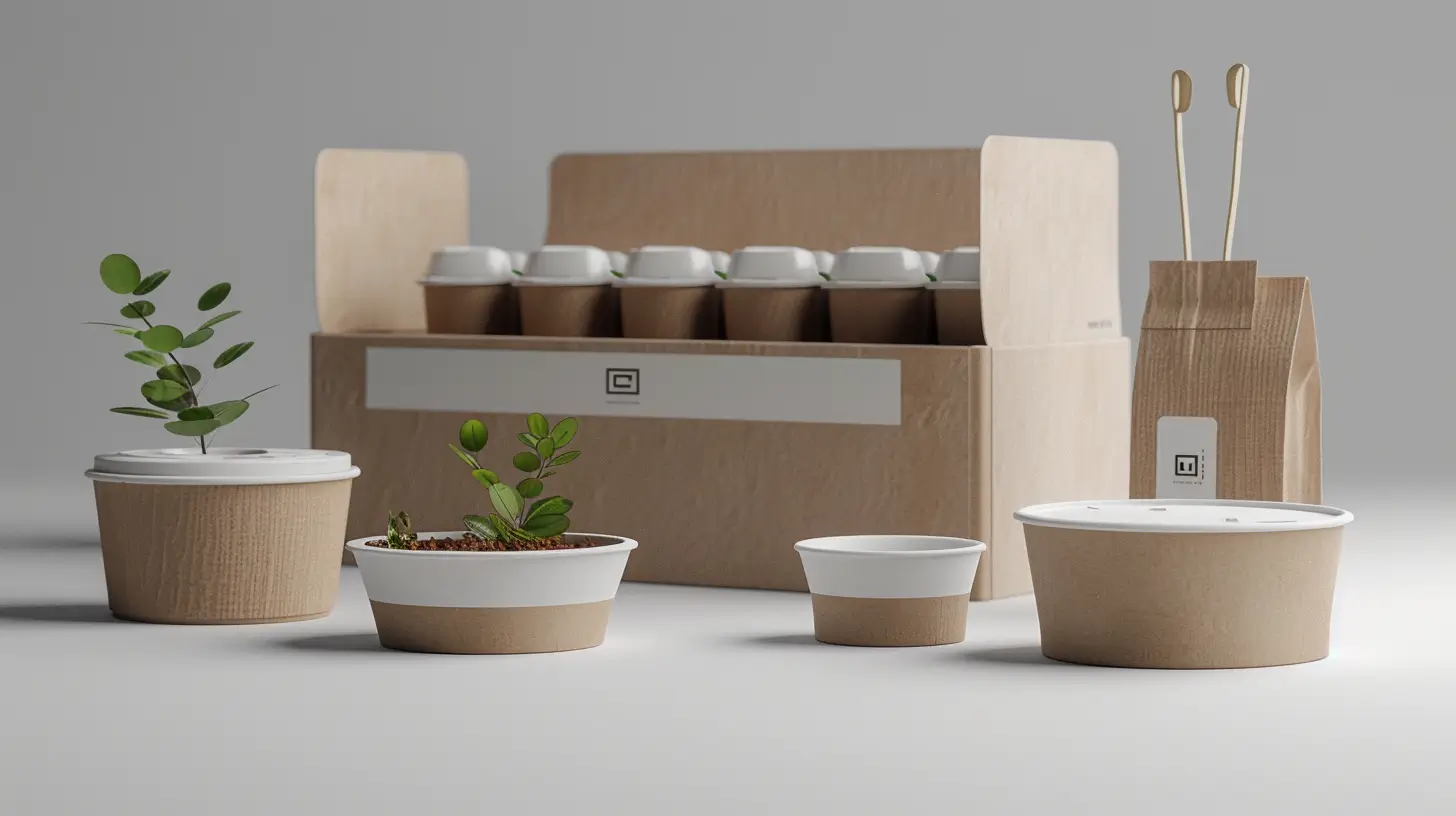September 30, 2025

Takeout packaging has come a long way from simple paper bags and foam containers. In 2025, it is no longer just about functionality—it’s a core part of restaurant branding and customer experience. The rise of eco-conscious dining, digital-first marketing, and fierce competition has made packaging an extension of a restaurant’s identity.
We’ll draw insights from connected industry discussions like Dining Trends in 2025 Every Restaurant Owner Should Know, The Most Common Restaurant Website Mistakes (and How to Fix Them), How to Train Staff to Promote Your Website, How to Build a Restaurant Website That Ranks on Google, The Future of Fine Dining After the Pandemic, and The Future of Restaurant Websites: Why Your Online Presence Will Make or Break You in 2025.
Packaging is no longer just a vessel to deliver food—it’s part of the story your restaurant tells. In a world where Instagram photos, unboxing videos, and customer reviews influence dining decisions, packaging design communicates your values, quality, and identity.
Chipotle has successfully tied its packaging to sustainability, featuring compostable bowls and printed brand storytelling. This positions them as a socially conscious brand, a strategy many independents can replicate at scale.
Post-pandemic diners are more eco-conscious than ever. Sustainable packaging isn’t just good for the environment—it’s a powerful branding tool.
Sweetgreen launched compostable bowls made from plant fiber, instantly becoming a leader in eco-conscious dining. This sustainability message is embedded in their brand identity and has fueled loyalty among younger diners.
Takeout packaging serves as a touchpoint that keeps your restaurant present in the customer’s mind even after the meal ends.
Starbucks uses packaging not only for branding but also to drive loyalty through QR codes that link to their rewards program. This integration between physical and digital reinforces customer return behavior.
Your packaging isn’t isolated—it connects directly with your online presence. A QR code linking to your website, loyalty program, or seasonal menu creates a seamless bridge between offline and digital marketing.
Domino’s pioneered the idea of QR codes that lead to promotional videos and order tracking, making packaging an active part of customer engagement.
The Future of Fine Dining After the Pandemic emphasizes exclusivity and personalization. Premium packaging ensures the fine dining experience continues outside the restaurant.
This Michelin-starred restaurant transformed its takeout packaging into an experience, with custom boxes, compartments, and handwritten notes, proving that fine dining can thrive in a takeout format.
It may sound surprising, but packaging can even support your SEO strategy. When diners share photos of your packaging online, it drives organic attention and backlinks to your restaurant website.
Shake Shack prints bold branding and hashtags on packaging, encouraging customers to share photos online. This user-generated content feeds SEO and social engagement simultaneously.
Staff training bridges the gap between online marketing and offline experiences. According to How to Train Staff to Promote Your Website, servers and delivery staff can:
Independent cafés often instruct baristas to tell customers about packaging initiatives (like compostable lids), making packaging part of the customer dialogue.
In urban areas where diners have endless takeout options, packaging can set your restaurant apart.
McDonald’s seasonal packaging—red cups, festive bags—has become a tradition, reinforcing branding during key dining periods.
The future of takeout packaging will merge technology with branding.
Pizza Hut experimented with boxes that folded into movie projectors, tying food to entertainment—a branding move that created viral buzz.
Dining Trends in 2025 Every Restaurant Owner Should Know highlight personalization, sustainability, and hybrid models. Packaging directly contributes by:
As The Future of Restaurant Websites: Why Your Online Presence Will Make or Break You in 2025 notes, websites are critical to brand success. Packaging ties into this by:
The future of takeout packaging is about more than delivering food—it’s about delivering your brand. By aligning packaging with sustainability, loyalty, digital integration, and fine dining expectations, restaurants can stay competitive in 2025 and beyond.
Packaging is no longer disposable. It is brand equity in a box—a vital tool for retention, marketing, and customer connection.
Stay inspired with our latest deep dives into the dining world. From choosing the perfect restaurant for life’s milestones to deciding between a night out or cozying up with takeout, each article offers humanized insights, practical tips, and stories that celebrate the joy of food and hospitality. Explore what’s new and discover guides that make every dining decision more meaningful.